As a beauty writer with oily skin, I could never be without this expert-approved ingredient
In partnership with Superdrug
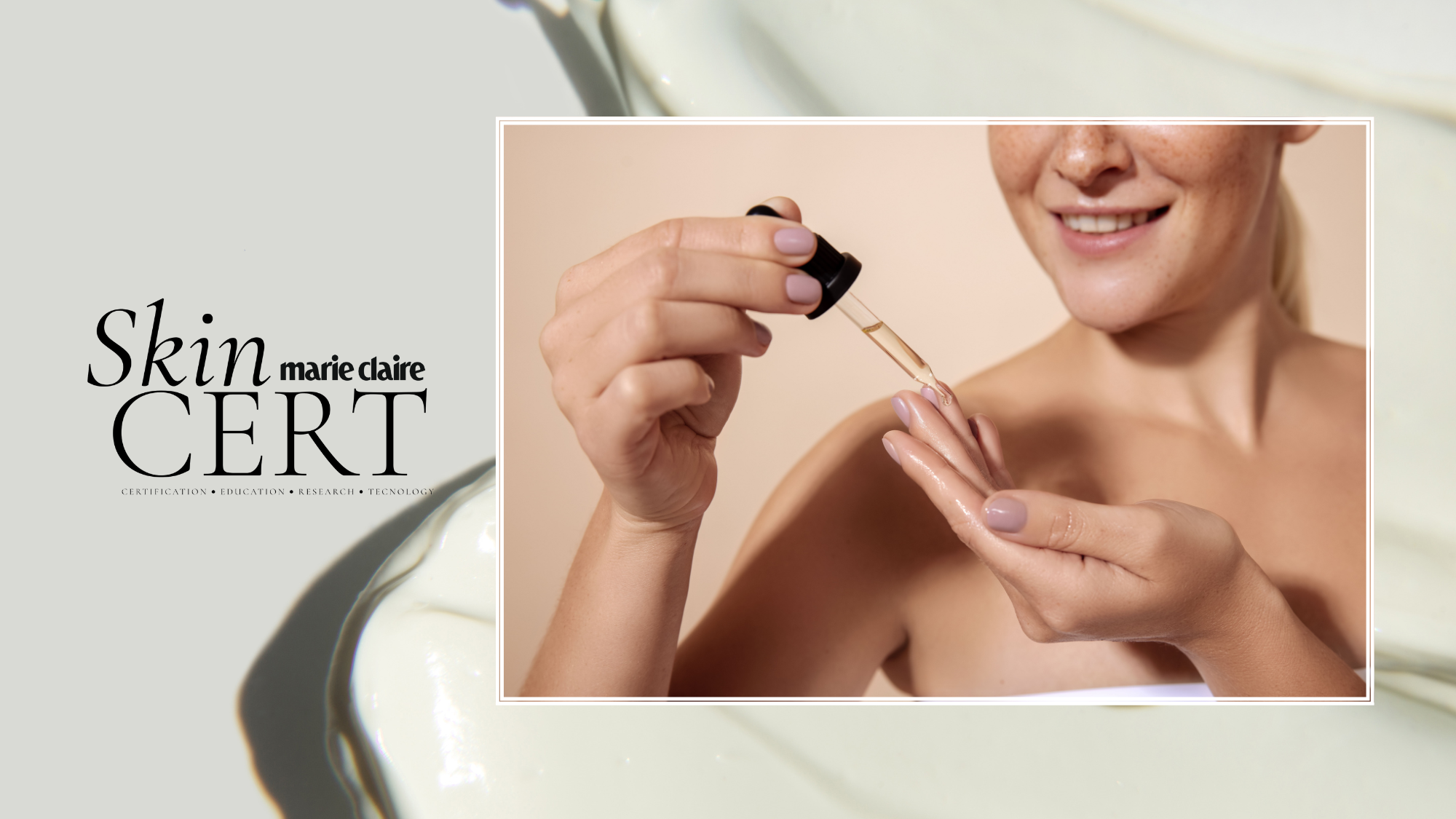
As someone who enjoys all things relating to skincare and beauty – and regularly writes about beauty for a living – I do occasionally wonder whether the universe is having a laugh when it comes to my skin.
Simply because I’m pretty sure my skin has worn more labels than the entire front row of a London Fashion Week show.
Where to start? Well, it’s oily, acne-prone and sensitive. I developed rosacea in my twenties (since it resembled acne, it took me years to get the correct diagnosis). Recently, I’ve started noticing pigmentation and fine lines – early signs of skin ageing. In fact, I’m confident the sebaceous glands in my nose are still my hardest-working body part…
All of this is to highlight how over the years, I’ve been around the block and back again when it comes to using high-performing skincare ingredients to help deal with my many conditions. Retinol. Salicylic acid. Benzoyl peroxide. Ivermectin. Hyaluronic acid. Squalane…
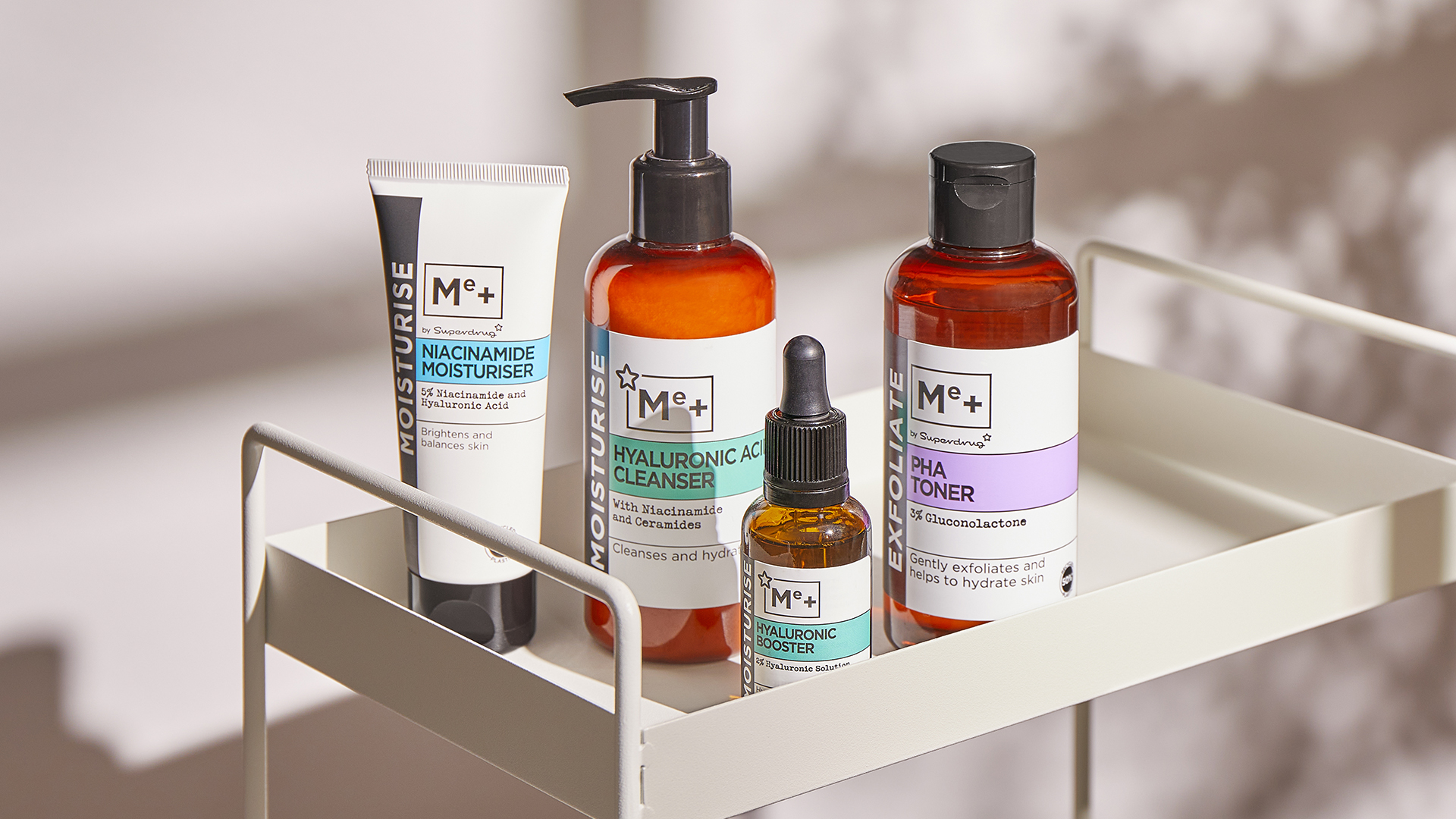
And now Niacinamide, which was suggested to me by someone who’d been using the stuff and told me it helped clear her spotty skin within months. I’ve been a convert since I started using it in July and it’s still my go-to skincare ingredient six months later.
While I’ve had way too many hopeful first dates with skincare 'miracle' ingredients that have ended in screaming red rashes, breakouts (and even tears), niacinamide has been a pleasant surprise. It’s gentle, not heavy or gloopy, and my skin tolerates it well.
It’s also, definitely, doing something. After incorporating the ingredient into my skincare regimen for several weeks, friends started complimenting my skin, marvelling at how “fresh" and “clear” my complexion had become. I’ve noticed it, too—my skin looks a lot brighter these days.
I used to get hormonal breakouts in angry conflagrations across my cheeks, nose, chin and forehead; now, I have the occasional, lone pimple. My skin feels different when I touch it: soft, pleasant, lovely. Not greasy and rough like before.
So, what is the deal with niacinamide? Who should use it (and how?) Where can you find it? We asked consultant dermatologist, Dr Derrick Phillips, to give us the lowdown on this expert-approved ingredient…
What is Niacinamide?
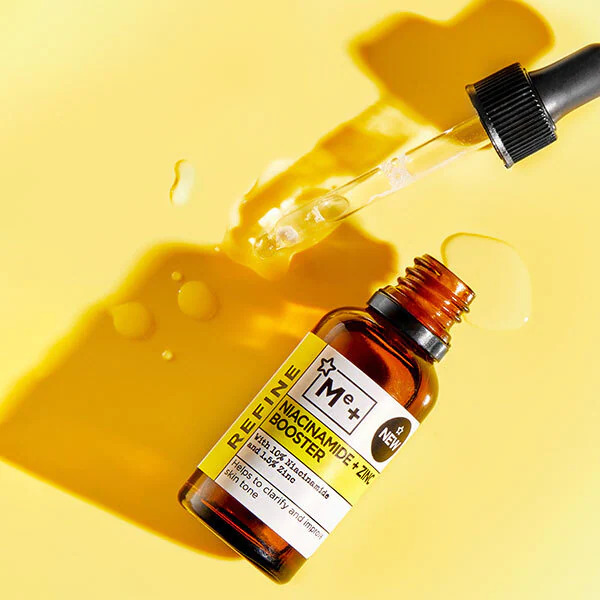
According to Dr Phillips, niacinamide, a water-soluble vitamin with anti-inflammatory properties, is known by a couple of other names: vitamin B3 and nicotinamide.
“Niacinamide offers plenty of restorative perks and is a great option for those with acne-prone skin,” he explains. “It is an excellent ingredient that helps to calm inflammation, protect the skin barrier and reduce post-inflammatory pigmentation.”
Fun fact: this not-so-secret-weapon ingredient is so versatile that you’ll find it in products for the face, body and even hair. Niacinamide is often found in facial serums and boosters, in concentrations of up to 10 per cent.
Niacinamide is everywhere – cleansers, sheet masks, moisturisers, eye creams, body gels – and will continue to dominate our beauty cupboards in 2023. The ingredient is often combined with other expert-approved favourites, like hydrating hyaluronic acid or clarifying zinc, to target specific skin concerns.
What are the benefits of using Niacinamide?
This powerhouse ingredient can work to “reduce redness, clear blemishes and stop pigment formation, helping to improve complexion and even out skin tone,” according to Dr Phillips, who explains that one of the benefits of the ingredient is that it’s an “all-rounder” and can be used by people of all ages and skin types.
“One of the great things about niacinamide is that it is well tolerated, even for those with sensitive skin. This makes it a nice alternative for those whose skin may not be able to handle more traditional acne or brightening ingredients, like benzoyl peroxide or retinoids.”
Not only can niacinamide be used by those with skin conditions like rosacea or psoriasis, studies indicate it can be effective in dissipating certain symptoms of those conditions, like blotchiness and flakiness.
“Niacinamide works well with many other ingredients, which is why it’s easy to incorporate into your existing routine,” notes Dr Phillips. “Combining niacinamide’s oil-reducing prowess with salicylic acid’s ability to dissolve excess oil is a great way to help keep pores clear and breakouts at bay.”
Niacinamide can also be layered into your skincare regimen with complementary ingredients like vitamin C, an antioxidant known for its antioxidant and brightening benefits. And if you’ve heard you shouldn’t combine the two ingredients… that’s incorrect, a myth which links back to a since discredited study (pure forms of niacinamide and ascorbic acid, aka vitamin C, were combined at very high temperatures and formed an irritant, nicotinic acid).
“Modern products are formulated with stable forms of vitamin C and stored at room temperature, making this an unlikely reaction. If you are using two distinct products with these ingredients, wait 15 minutes between applications, or save one for morning use and the other for evening use,” says Dr Phillips.
How do I use Niacinamide?
Niacinamide can be used “morning or night, perennially.” Since it “helps to brighten skin tone and reduce the appearance of pores,” Dr Phillips recommends applying it under make-up (it can act as a primer of sorts).
“You should leave about a minute between each step of your skincare to prevent pilling and allow products to absorb into the skin. I would recommend waiting the same amount of time before starting your make-up routine,” he advises.
Niacinamide won’t increase sun sensitivity (unlike retinol), so you can apply no matter the weather. Don’t forget to include an SPF 30 or higher daily (even in the winter months), to protect against harmful UV rays, notes Dr Phillips.
When first integrating niacinamide into your skincare regimen, especially if you have sensitive skin, experts recommend trying out at a lower concentration of the ingredient.
If irritation, dryness or redness occurs from using niacinamide at a higher concentration, Dr Phillips explains that “switching to a lower potency (around four or five per cent) may be easier on your skin.”
Best Me+ products with Niacinamide
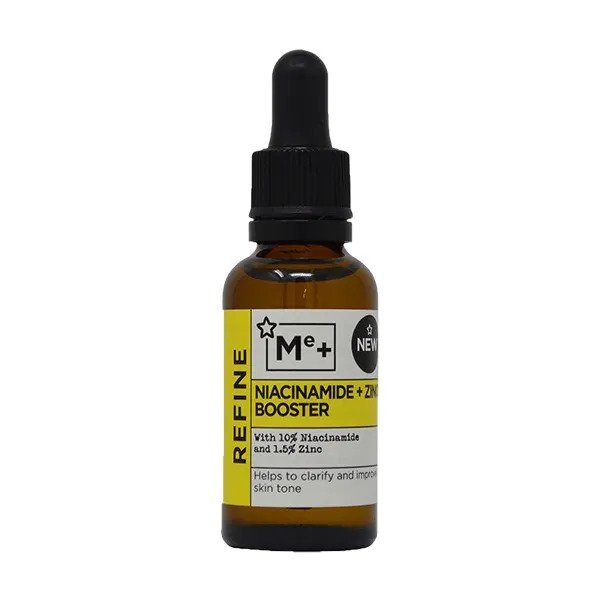
This lightweight serum boasts a 10 per cent concentration of niacinamide to help reduce discolouration and is recommended for use on pigmentation and acne scars. The addition of zinc helps to prevent and target breakouts. Use daily in the mornings or before bed and you may notice improvements in skin tone and texture, as well as a more mattified complexion, after four weeks – like 84 per cent of users.

This creamy, non-foaming cleanser is ideal for getting rid of impurities and excess oil without stripping skin of its moisture, thanks to a powerful combination of niacinamide, hyaluronic acid and ceramides. Use morning and evening as the first step in your skincare routine.
For more information and to discover the Me+ range, visit Superdrug
Celebrity news, beauty, fashion advice, and fascinating features, delivered straight to your inbox!
-
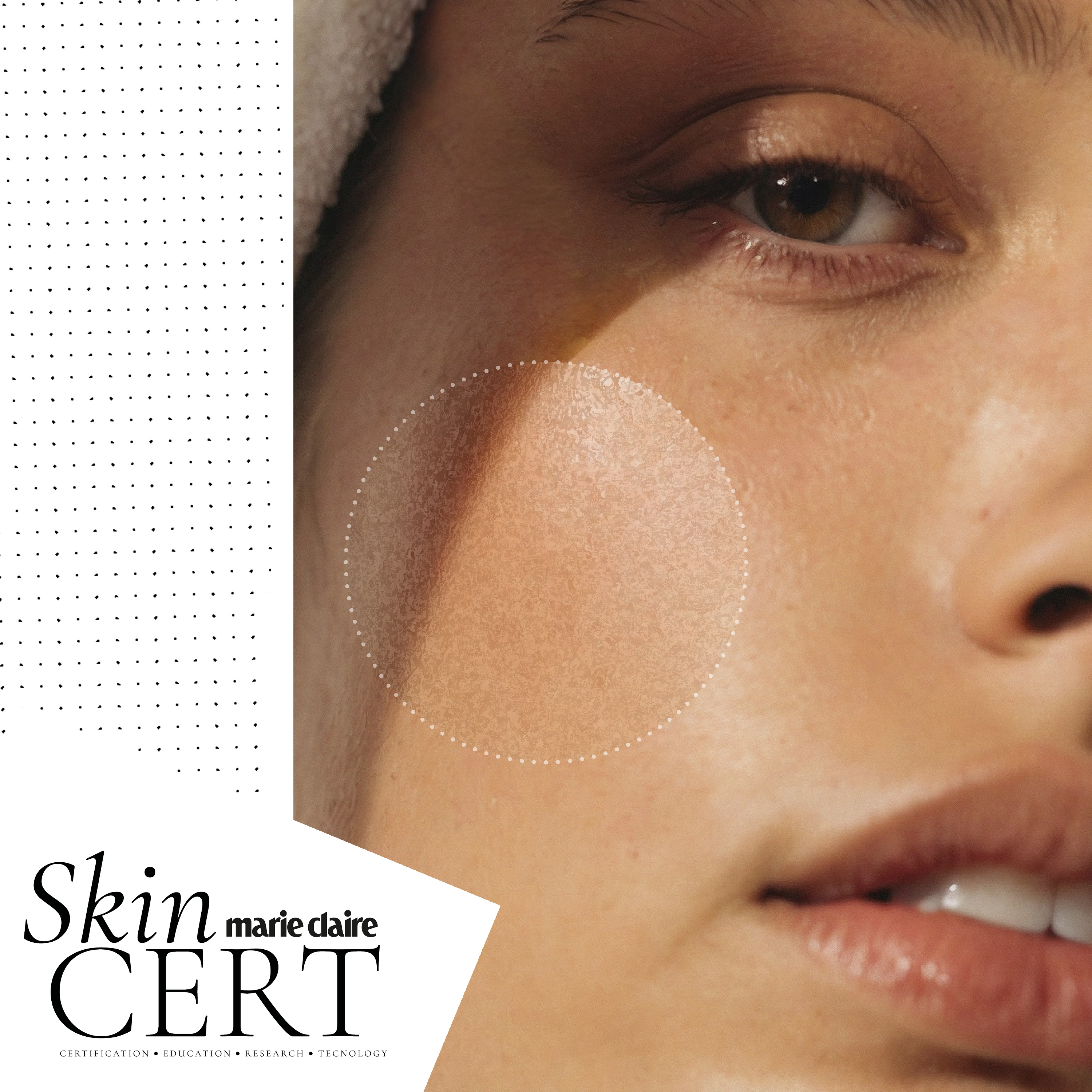 This is what alcohol is doing to your skin—and how those changes show up over time
This is what alcohol is doing to your skin—and how those changes show up over timeFrom festive flushing to long-term ageing
-
 Exosomes Are the Biggest Breakthrough in Regenerative Skincare for Decades—Here’s Everything You Need to Know
Exosomes Are the Biggest Breakthrough in Regenerative Skincare for Decades—Here’s Everything You Need to KnowPlus, all the different methods of administration and modalities
-
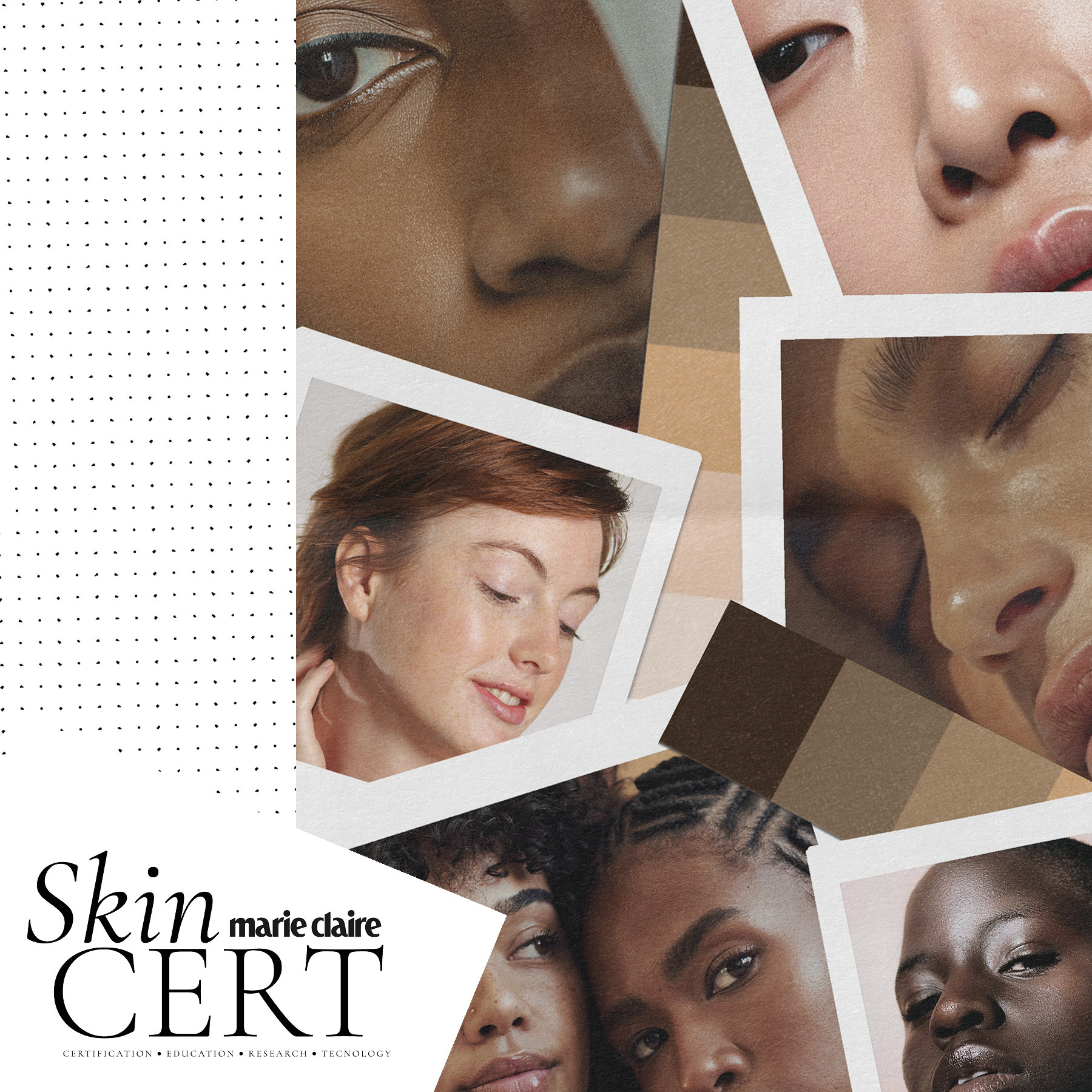 Do You Know Your Phototype? Here's Why It Might Just Be As Important As Your Skin Type For Your Routine
Do You Know Your Phototype? Here's Why It Might Just Be As Important As Your Skin Type For Your RoutineHow to identify and apply that to your regimen
-
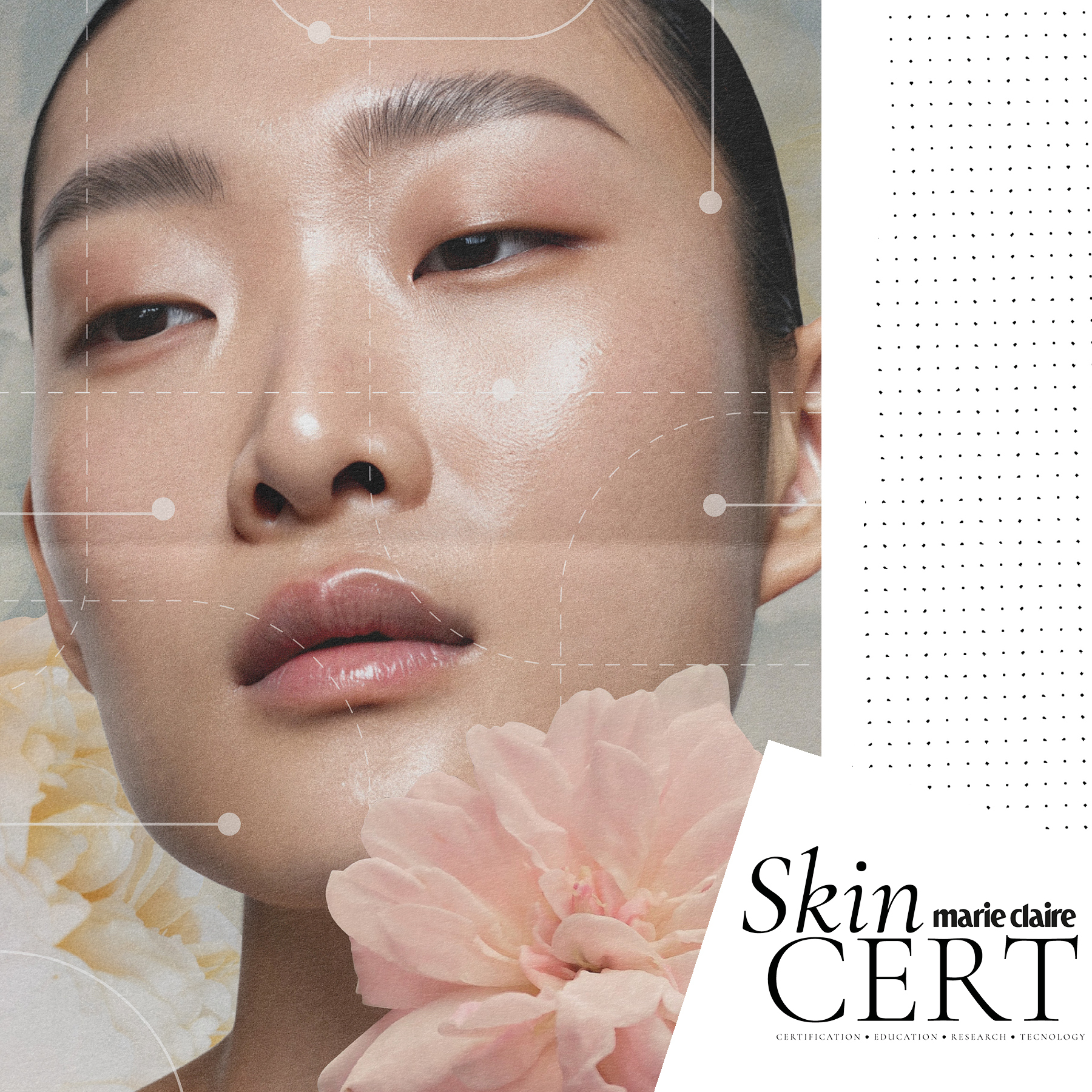 Decoding the Skin-Brain Axis: How Dermatology and Neuroscience Are Converging
Decoding the Skin-Brain Axis: How Dermatology and Neuroscience Are ConvergingThe microbiome’s hidden impact on mood
-
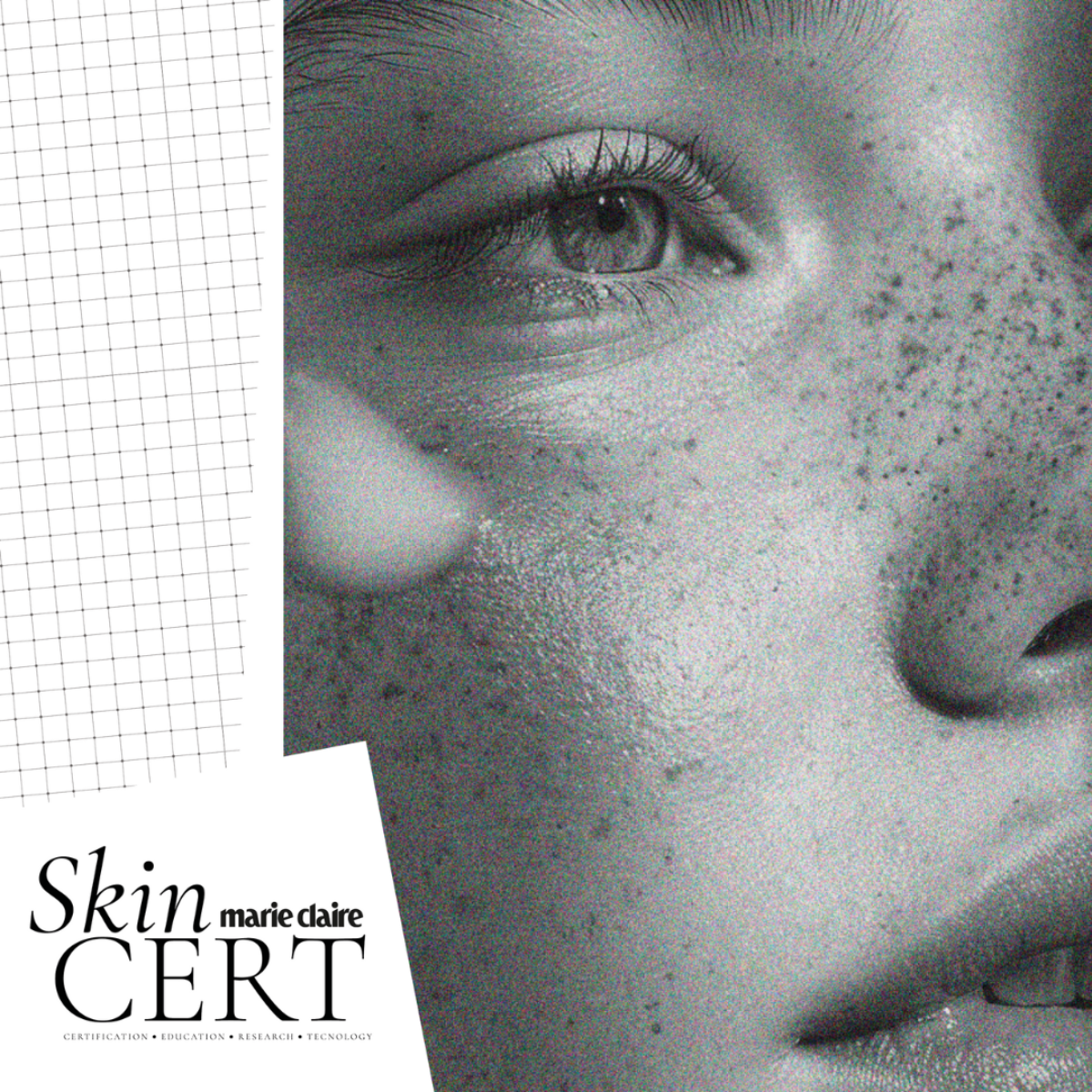 Abiding by the rules of ‘circadian beauty’ has transformed my skin for the better—I didn’t even need to buy a single product
Abiding by the rules of ‘circadian beauty’ has transformed my skin for the better—I didn’t even need to buy a single productA few simple swaps is all it takes
-
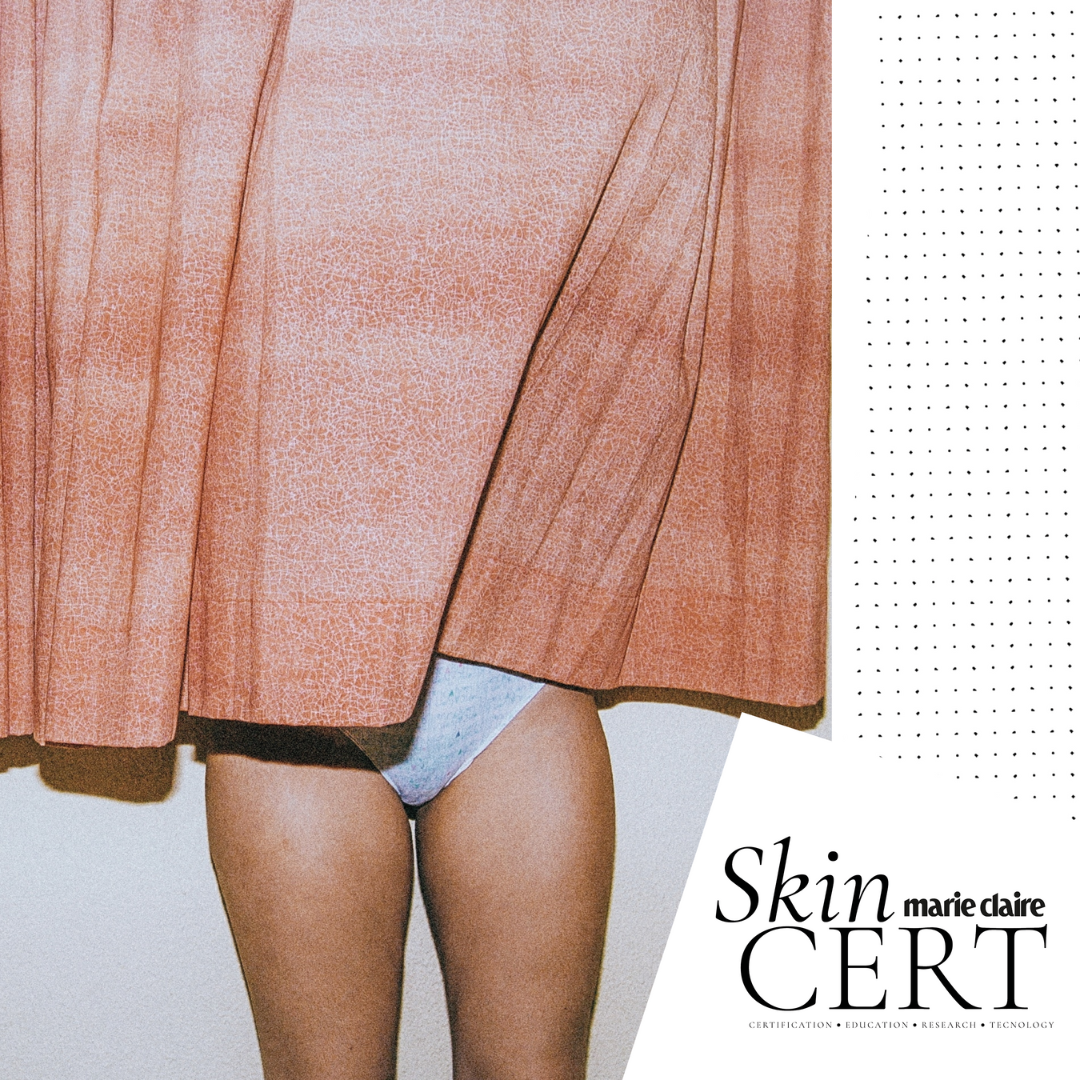 TikTokers are claiming that their luteal phase is making them ‘ugly’—here’s how it actually affects your skin, hair and nails
TikTokers are claiming that their luteal phase is making them ‘ugly’—here’s how it actually affects your skin, hair and nailsPlus, how to prepare for it…
-
 In an era of misinformation, it's time to start openly discussing daily SPF application—here's why
In an era of misinformation, it's time to start openly discussing daily SPF application—here's whyWellness fanatics on social media are preaching that so-called 'toxic' sun cream shouldn't be worn year-round, but are these claims founded in any sort of science? Shannon Lawlor has spent six months investigating...
-
 I recently found out that my skin is ageing faster than I am - here's what I've been doing in an attempt to claw back the years
I recently found out that my skin is ageing faster than I am - here's what I've been doing in an attempt to claw back the yearsThe primary cause might just surprise you



